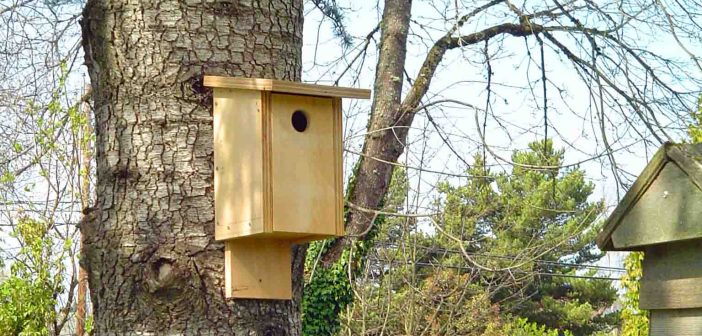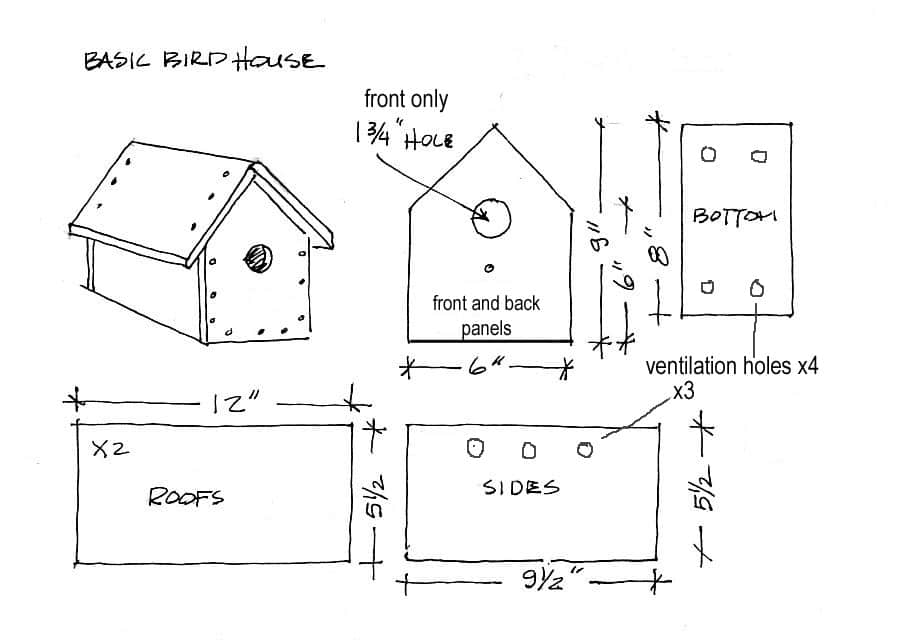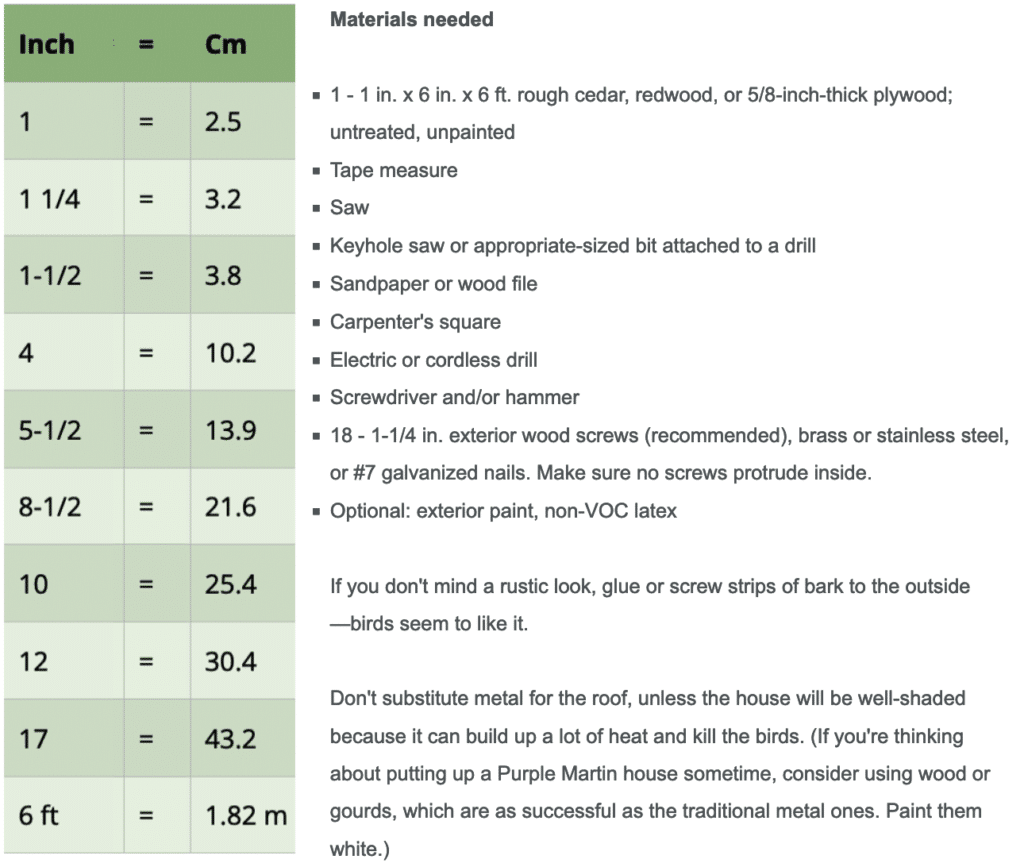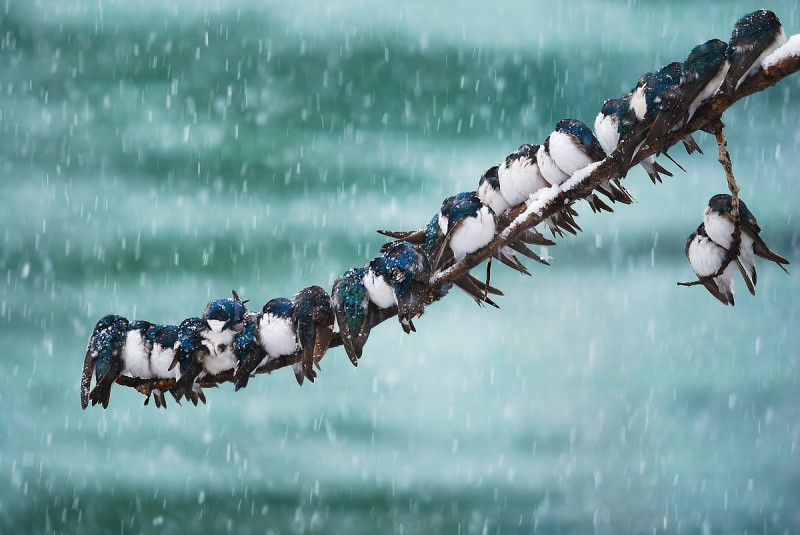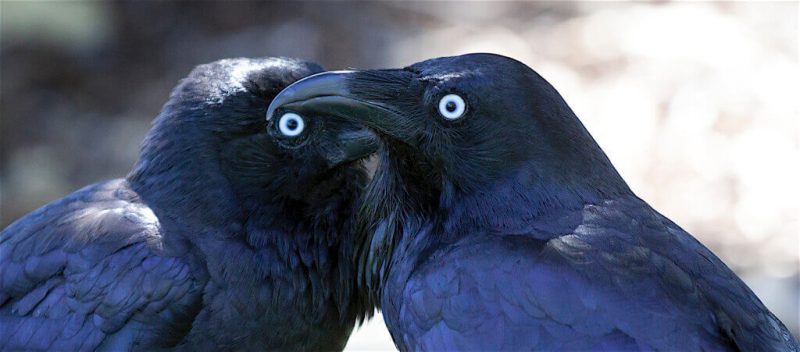About thirty bird species use birdhouses, and at least some visit your yard. Birdhouses are fun. They allow you to watch the activity of bird parents as they build their nests and feed their young. And they’re beneficial, too, because natural nesting places, especially in cities, are in short supply. A birdhouse placed in a well-chosen spot is sure to be used, and building one is easy. If you’re a parent, it’s a fun project to do with your kids.
Birdhouses appeal to birds that nest in cavities instead of open nests. From their point of view, the entrance hole of a birdhouse represents a hollow tree limb or trunk and promises protection from the elements and some safety from predators. Thousands of beautiful, intricately designed birdhouses are on the market, but they’re expensive and unnecessary because birds just want shelter and safety.
The following plan is for a basic one-size-fits-(almost) all birdhouse. Most species in your yard can use it. If you want to attract House Wrens, though, resize the entrance hole to 1-1/4 inches (3.2 cm) in diameter, which will keep larger birds from taking it away from them. For specific dimensions for twenty-five other species, check here.
Keep it simple
If you don’t mind a rustic look, glue or screw strips of bark to the outside—birds seem to like it. Don’t substitute metal for the roof unless the birdhouse will be well-shaded because it can build up a lot of heat and kill the birds. (If you’re thinking about putting up a Purple Martin house sometime, consider using wood or gourds, which are as successful as the traditional metal ones. Paint them white.)
Assembly notes
- The top of the hole should be 1.5 inches (3.8 cm) below the roof line.
- Most songbirds use a hole 1.5 inches (3.8 cm) in diameter. If you know you want it to be used by a larger or smaller bird, scale it accordingly.
- The roof is longer than the bottom and sides to provide an overhang above the entry hole.
- Roughen the interior surfaces with sandpaper or a wood file before assembling.
- Cut 1/8-inch (3.18 mm) grooves across the inside of the front panel for fledglings to cling to when leaving their nest.
- Don’t add a perch; it’s unnecessary and gives predators a convenient rod to grab.
- If you lack a keyhole saw or appropriate-sized drill bit, you can start an entry hole with the largest bit you have and then enlarge it with a wood file. Finish by sanding the edges smooth.
- To keep the wood from splitting, pre-drill screw holes using a bit that’s slightly smaller than the screw you will use.
- Drill several quarter-inch (0.6 mm) holes near the top of both side panels for cross ventilation.
- Drill several quarter-inch drainage holes in the bottom to keep the birdhouse dry.
- Use screws instead of nails on the roof so the interior can be accessed easily for cleaning. Alternatively, hinge a side panel or the back. An L-shaped nail will keep it tightly closed.
- For woodpecker houses, lay a couple of inches (5 cm) of wood shavings inside to keep them from pecking away at the interior walls to make nesting material. Hamster bedding works well for this. Don’t buy shavings made from cedar or pine—they contain natural insect-repellent chemicals that can be harmful to breathe. Avoid using sawdust; it soaks up water and gets matted.
Exterior
Don’t use paint or stain on the inside. Outside, it can be left natural, especially if it’s made of cedar or redwood. If you paint the outside, use an exterior non-VOC latex. Birds seem to prefer earth tones—brown, tan, gray, green.
When and where to put up the birdhouse
This page lists bird species, their natural habitat, and the optimal placement of their houses. If you store the birdhouse over the winter, the best time to put it back into action is in late winter, so it’s ready for occupancy in early spring. Place it where it’ll be partially shaded, at least most of the day, with the opening facing away from prevailing winds. If House Sparrows or Starlings take over, you’ll only eliminate them by removing every nest they try to build until they finally give up.
Clean and disinfect your birdhouse every fall, which will prepare it for winter roosting or for storing away. If you leave it out over the winter for use as a roost, clean and disinfect it again in early spring. Don’t try to clean it when it’s in use.
Optimal safeguards
-
-
- Attach a 1-inch-thick (2.5 cm) wood block to the birdhouse entrance with a hole in it that’s the same dimension as the hole in the birdhouse. That will form a short tunnel that makes it harder for predators—squirrels, raccoons, cats, and other birds—to reach inside easily.
- If the birdhouse is on a pole, attach a metal guard below it; its bottom should be at least 2 feet (61 cm) above the ground to prevent predators from jumping above it.
- Suspend the birdhouse on a wire beyond the jumping range of predators.
- Some birds will use a birdhouse attached to the side of a building; place it high enough to prevent cats from jumping onto it.
- A birdhouse mounted on a tree often comes with unavoidable risks. A metal baffle can be fitted around small-diameter trees.
Good luck with your project! A well-built and well-placed birdhouse will deliver years of pleasure to you while providing a sorely needed nesting place for birds. Thousands upon thousands of acres of bird habitat are destroyed each year by human development.
Additional source of information about birds: Cornell University Bird Guide
-

